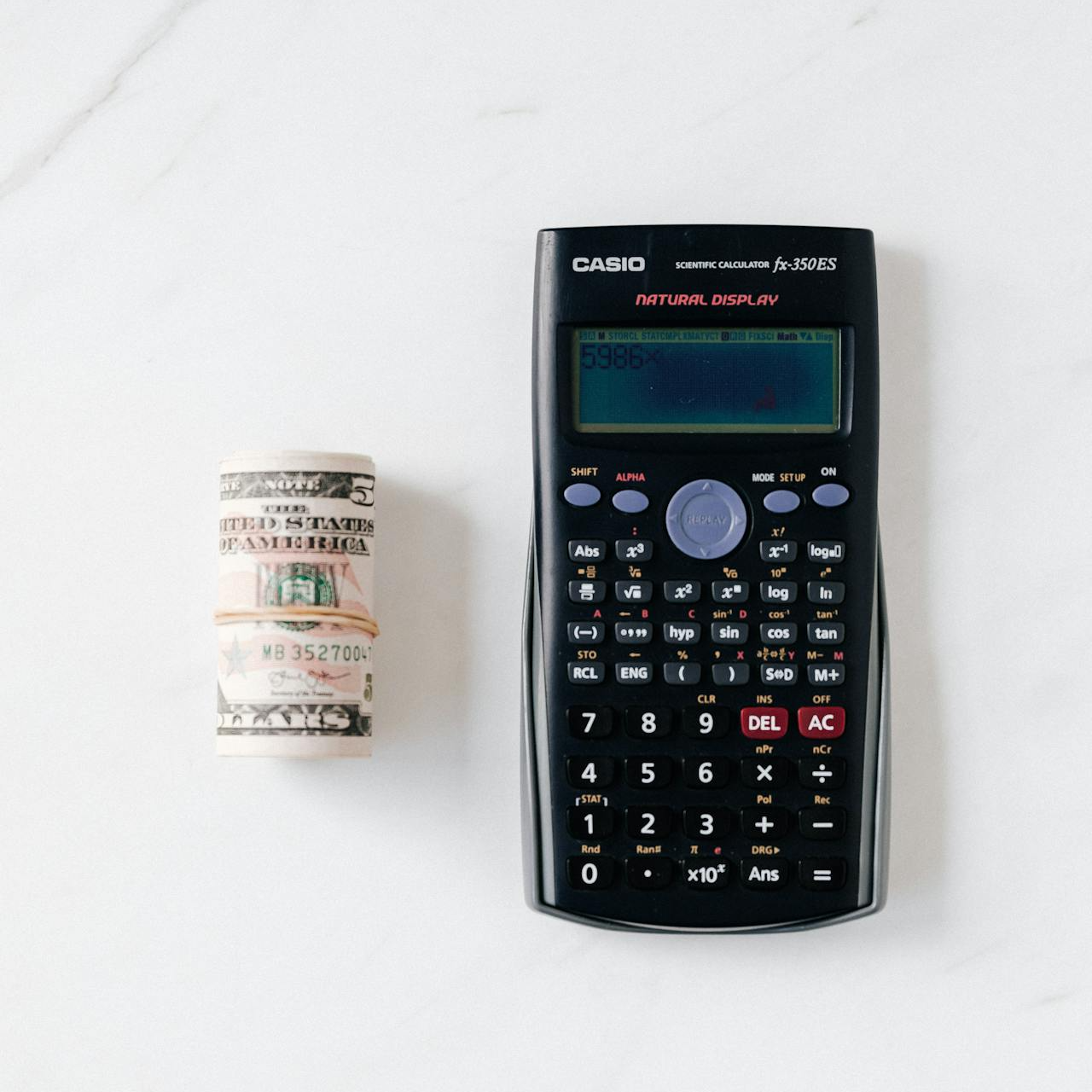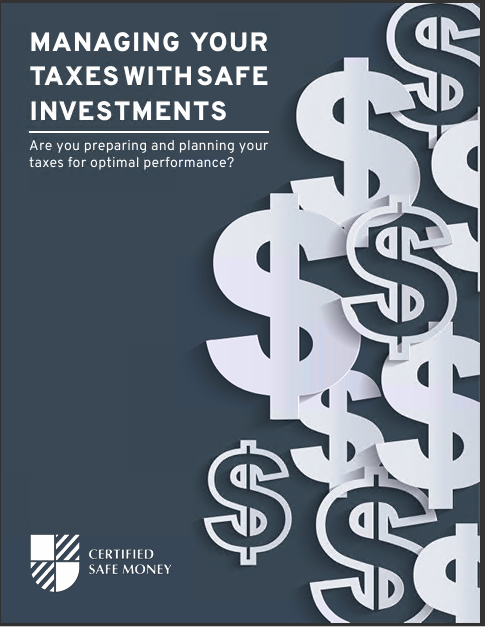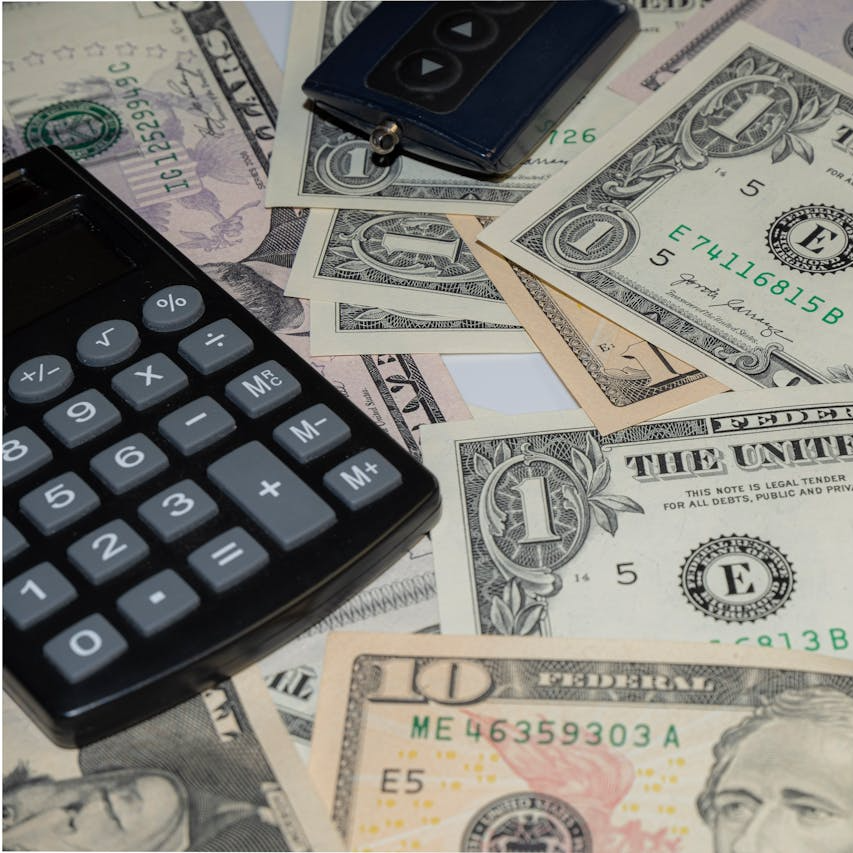The US economy is ravaged by inflation. According to recent figures, the Consumer Price Index (CPI) in January increased by 7.5% year-on-year. It’s the fastest jump since 7.6% in February 1982. The CPI monitors various products, from fuel and medical services to groceries and rent. In the one-month period from December, this indicator increased by 0.6%. For many federal employees and retirees, the CPI-W index calculates the Cost-of-Living Adjustment (COLA) that’ll be paid starting January 2023. The CPI-W index is now up 8.2% year-on-year. The surge in inflation wasn’t temporary, unlike initially thought, and is actually increasing. The producer price index is rising, according to the BLS. This index measures wholesale inflation (before it reaches consumers). In January, the index increased 9.7% year-on-year. Prices rose 1% in January, well above the 0.4% gain in December. Simply put, consumers are paying more for necessities like groceries and gas. FedSmith previously stated that the current inflation rate is the highest in forty years, so the reality is probably worse. The last time a COLA was higher than the 5.9% increase in 2022 was in July 1982 at 7.4%. President Carter left office in 1981 and the highest COLA of 14.3% was in 1980, while he was still in office. In 1980, monthly inflation averaged 13.50% The CPI-W inflation rate used to calculate the annual COLA and Social Security increases paid in January 2022 was much lower than 13.5%. Although the 5.9% COLA increase was higher than the 2.7% federal yearly pay increase, the CPI figures don’t reflect actual inflation changes since 1980. Follow the Money “Follow the money” is a famous phrase from the 1976 film All the President’s Men. It implies that examining what is transferred between parties can reveal political corruption. The CPI can be examined in the same way. The federal government has incentives to report inflation lower than what people actually pay. Millions of Americans’ government incomes benefit from the CPI. The higher the CPI, the more money the government will spend on these income payments to keep up with inflation. For example, the CPI calculates increases for Social Security beneficiaries, food stamp recipients, military and federal civil service retirees/survivors, and school lunch recipients. The CPI measures consumer spending. The CPI is one of the most significant government statistics as it affects several public programs and serves as a benchmark to set public policy. The accuracy of this measurement is questionable, and different government agencies use other methods for calculation, yielding different results. Changes in CPI Measuring For many years, price fluctuations in a fixed-weight basket of items were used to assess inflation. In other words, it measured the cost of maintaining a family’s quality of living. A new theory developed. A family could save money on food by switching a costly food item for a less expensive one. Chicken is a cheaper option than a T-bone steak. If the price of this steak rises beyond a family’s means, they can replace a more affordable chicken product for the steak. Inflation is calculated by comparing the cost of a T-bone steak from one year to the next (or another period to an earlier period). Over time, a new metric emerged. Namely, comparing what a family actually spends on food from year to year might be the same, but only because the family switched from steak to chicken. The consumer may be “satisfied” with cheaper food. A consistent standard of living means consuming the same items in the same quantity without choosing between quality and price. Tracking spending on lower-cost, lower-quality food items lowers inflation and reduces government spending on programs like federal employee retirement and COLAs. The federal government changed the method used to measure inflation in the 1980s and 1990s. The premise was that gauging the cost of living rather than individual items would better reflect the pace of inflation. Here is one chart that compares the old and new inflation measurement systems:  That is, the graphic shows 2022 inflation equal to 1980 inflation. There’s no way to know for sure that the chart’s underlying assumptions are accurate because different calculation methods generate different results. Changing how inflation is calculated has caused some uncertainty, but it has also kept government costs down. You’re not alone if you’ve observed a considerable loss in your purchasing power over the years, despite a yearly rise or COLA.
That is, the graphic shows 2022 inflation equal to 1980 inflation. There’s no way to know for sure that the chart’s underlying assumptions are accurate because different calculation methods generate different results. Changing how inflation is calculated has caused some uncertainty, but it has also kept government costs down. You’re not alone if you’ve observed a considerable loss in your purchasing power over the years, despite a yearly rise or COLA.
Contact Information:
Email: robertgay@credkeeper.com
Phone: 8777993433













